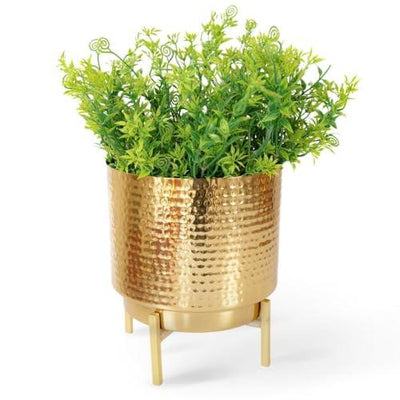Indoor or Outdoor: The Best Place for Your Rubber Plant
As a versatile and low-maintenance plant, the rubber plant (Ficus elastica) can thrive both indoors and outdoors. However, choosing the best location for your rubber plant can be a tricky decision, as each environment offers its own unique set of benefits and challenges. In this article, we will explore the pros and cons of growing your rubber plant indoors and outdoors, and help you determine the best location for your plant.
Growing Your Rubber Plant Indoors
Growing your rubber plant indoors is a great option for those who live in areas with harsh weather conditions, as it allows you to protect your plant from extreme temperatures, winds, and frost. Additionally, indoor growing conditions are usually more stable, which helps to promote healthy growth and prevent stress on your plant. Here are some of the key benefits of growing your rubber plant indoors:

-
Controlled environment: By growing your rubber plant indoors, you have full control over the environment and can adjust the temperature, humidity, and lighting to suit the needs of your plant.
-
Year-round beauty: With indoor growing, you can enjoy the beauty of your rubber plant year-round, regardless of the weather outside.
-
Ease of care: Rubber plants are easy to care for, and indoor growing conditions make it even easier to maintain your plant's health and beauty.
Growing Your Rubber Plant Outdoors
Growing your rubber plant outdoors is a great option for those who live in areas with mild climates, as it allows your plant to benefit from natural sunlight and fresh air. Outdoor growing conditions can also promote healthy growth and provide ample space for your plant to spread out and grow. Here are some of the key benefits of growing your rubber plant outdoors:
-
Natural sunlight: Outdoor growing provides your rubber plant with the natural sunlight it needs to thrive, without the need for grow lights.
-
Fresh air: Outdoor growing also provides your plant with fresh air, which can help to prevent stagnant air and promote healthy growth.
-
Room to grow: Outdoor growing provides ample space for your rubber plant to spread out and grow, allowing it to reach its full potential.
Despite these benefits, there are also some challenges to growing your rubber plant outdoors. One of the main challenges is ensuring that your plant is protected from extreme temperatures, winds, and frost. You may need to provide shade or shelter for your plant during hot or cold weather, or move it to a more protected location during extreme weather conditions. Additionally, outdoor growing conditions can be unpredictable, which can make it difficult to maintain consistent care for your plant.
Determining the Best Location for Your Rubber Plant
When it comes to determining the best location for your rubber plant, it ultimately comes down to personal preference and the specific growing conditions in your area. If you live in an area with harsh weather conditions, indoor growing may be the best option for your plant. However, if you live in an area with mild climates, outdoor growing may be the best choice.
Regardless of whether you choose to grow your rubber plant indoors or outdoors, it is important to provide your plant with the right conditions to ensure its health and longevity. Here are some tips to help you provide the best growing conditions for your rubber plant, no matter where you choose to grow it:
-
Provide adequate light: Regardless of where you grow your rubber plant, it is important to provide it with adequate light. Indoor plants may need additional lighting, while outdoor plants should be placed in a location that receives bright, indirect light.
-
Maintain proper humidity: Rubber plants prefer a humid environment, so it is important to maintain proper humidity levels, whether growing indoors or outdoors. You can do this by misting your plant regularly, using a humidifier, or placing a tray of water near your plant.
-
Avoid extreme temperatures: Rubber plants are sensitive to extreme temperatures, so it is important to avoid exposing them to temperatures below 50°F or above 90°F. If growing outdoors, you may need to provide shade or shelter for your plant during hot or cold weather, or move it to a more protected location during extreme weather conditions.
-
Water regularly: Rubber plants prefer consistently moist soil, so it is important to water your plant regularly. However, be careful not to over-water your plant, as this can lead to root rot.
By following these tips, you can provide the best growing conditions for your rubber plant, whether you choose to grow it indoors or outdoors. With proper care, your rubber plant can thrive for years to come and add beauty to your home or garden.

















Leave a comment